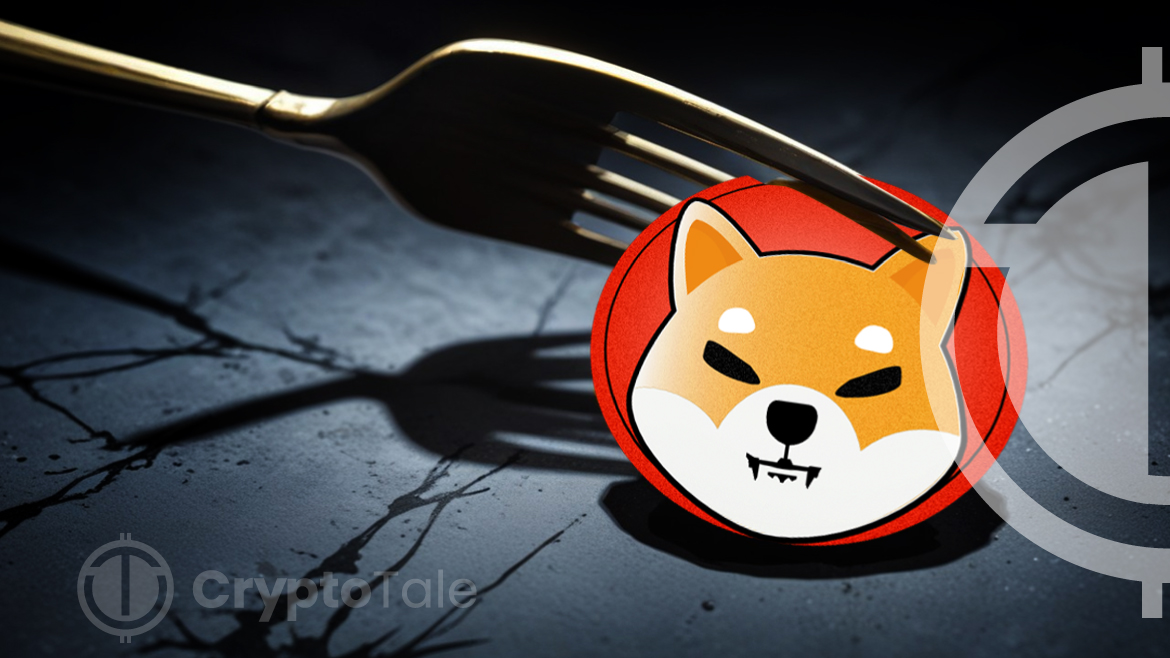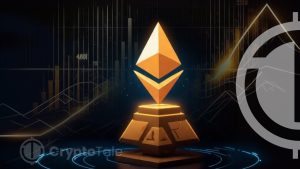
The recent hard fork in Shibarium heralds a new era of rapid transactions and stable user gas fees. As developers and community members collaborate to overcome technical challenges and pioneer innovative features, hard forks like this exemplify the dynamic evolution of blockchain technology.
What is a Hard Fork?
A hard fork is a significant alteration in a cryptocurrency’s network protocol implemented through a new software update. This alteration divides a single cryptocurrency into two distinct networks that run in parallel, different from soft forks, which maintain compatibility with the existing protocol. Such a fork typically occurs when there’s a substantial change in the rules governing the blockchain. This change will cause all the previously invalid transactions to be valid and the valid transactions to be invalid.
In this kind of update, all participants, including users and developers, adopt the latest software version to remain synchronized with the new rules. Furthermore, a hard fork from the point of divergence where the blockchain changes into different paths with the reach version maintaining its own set of rules and transactions.
Hard forks, a common occurrence in the cryptocurrency world, are often initiated by developers or members of the crypto community. They are not just about addressing shortcomings in the current implementation or introducing new features but also about the community’s active participation and support. This approach is used to garner support and resources for new projects within the ecosystem, making the community an integral part of the cryptocurrency’s evolution. Some of the famous examples of hard forks include Ethereum and Bitcoin Cash, which led to the continuous split within their own communities, highlighting the community’s influence in the cryptocurrency world.
Understanding Hard Forks
A hard fork in a network denotes a major change to the underlying blockchain protocol. This is usually triggered either by developers or community members. The changes to the protocol will introduce new rules, mostly rendering the valid blocks invalid and vice versa. Additionally, all the nodes in the blockchain operate based on the new protocol and must upgrade their software.
This process splits the blockchain into two distinctive paths, one following the new and updated path while the other following the previous rules. Users can adopt the new path and lead a permanently separate path from the original chain or continue with the old one. The divergence of the blockchain is called “backward-incompatible.”
In some cases, a permanent rift in the blockchain can appear when a small segment of users or nodes remains loyal to the old software. Cases like reversals after the nodes initially embrace the new rules but revert back to the old rules are rare because after users get to know the various advantages of the updated blockchain, they shift directly to the new version. The recognition of the various improved features and functionality leads to widespread adoption of the new protocol. Although there is a slight possibility of both blockchains coexisting, the outdated version usually loses its meaning over time as users transfer to the latest iteration.
Shibarium’s First Hard Fork
On December 6, 2023, Shiba Inu’s Layer-2 Shibarium underwent its first hard fork at Bor Block 1962000. The fork enhanced the burning mechanism and enabled multiple burn tokens. Furthermore, it required all nodes and users to upgrade their Bor Genesis file to the latest version of the protocol’s software for a smooth transition. The development team of Shibarium emphasized that the genesis update was mandatory for the mainnet nodes to maintain synchronization.
The main impact of the hard fork of Shibarium is the ability of a dual-burning mechanism. Before the hard fork, members of the Shiba Inu community could only burn the main token, SHIB. But now, utilizing the dual-burning mechanism, users can burn the shibarium’s gas token, Bone ShibaSwap (BONE).
The first hard fork was specially designed to reduce the circulating supply of tokens, potentially increasing their value. The process of burning will be initially managed manually and will be transitioned into an automated system in the future.
Migration To Sepolia Network
Another important event in the Layer 2 Shibarium infrastructure was transitioning its testnet Puppynet from the Ethereum Goerli Network to the Sepolia Network. The development team behind the Shiba Inu regarding the migration to the Sepolia Network said that it was a strategic shift instrumental in ensuring that developers have access to a reliable and consistent platform for testing their dApps and smart contracts.
Although the Goerli Network has been a foundational part of the Ethereum testnet ecosystem as it nears retirement, the development team had no choice but to make this necessary change. Furthermore, the development team stressed that with the Goerli Network’s deprecation, Shibarium’s Puppynet is set to adopt the Sepolia Network as its new L1.
Shibarium’s Second Hard Fork
On May 3, 2024, the Shibarium network announced the completion of its hard block. This hard fork will propel Shiba Inu’s development to new heights as it optimizes blockchain infrastructure and transaction processing and upgrades network performance for future growth.
Shiba Inu’s development team noticed that a hard fork was necessary for the Layer 2 Shibarium to unlock advanced futures and improve user interaction. For users, the primary concerns were the usability and performance of the Layer 2 solution. Furthermore, the development team highlighted that the platform’s affordability and accessibility will be maintained after the upgrade.
Shibarium’s Two-Stage Hard Forks
- Bor Hard Fork addresses issues related to state sync in blockchain networks, where data synchronization across the network can lead to errors. A 128-second delay mechanism was introduced to facilitate accurate data syncing and reduce potential issues from network desynchronization. The hard fork was planned for May 2 at block height 4,504,576.
- Heimdall Hard Fork focuses on enhancing the reliability of transaction confirmations. The fork implements milestone checkpoints to achieve the objective, ensuring a consistent and dependable process for confirming transactions. It was scheduled for May 3 at a block height of 3,941,864.
Conclusion
In conclusion, these updates by the Bor and Heimdall Hard Forks not only address critical issues related to state sync and transaction confirmations but also pave the way for enhanced functionality, usability, and performance. By embracing these advancements, Shiba Inu demonstrates its commitment to staying at the forefront of blockchain innovation.














